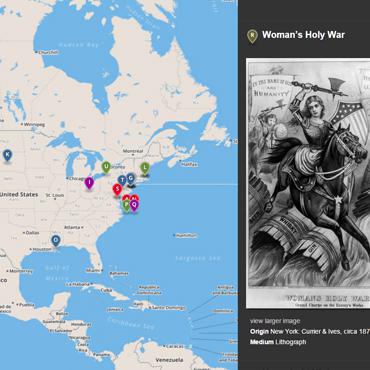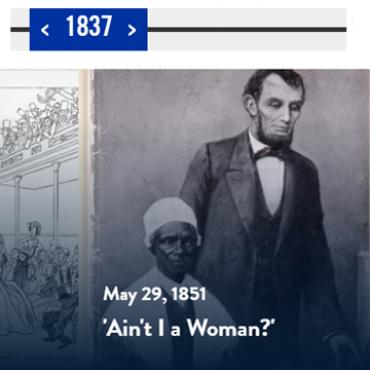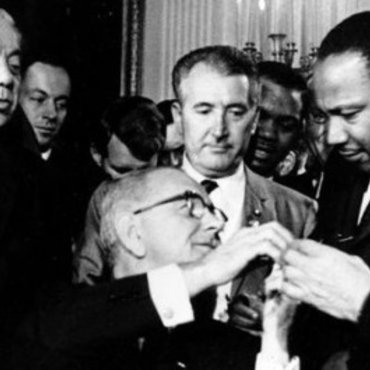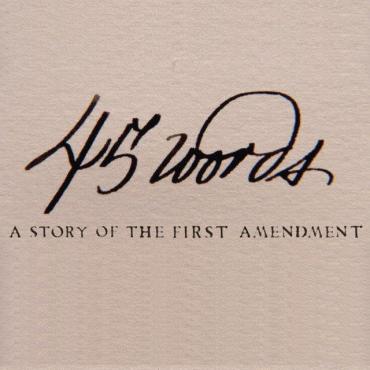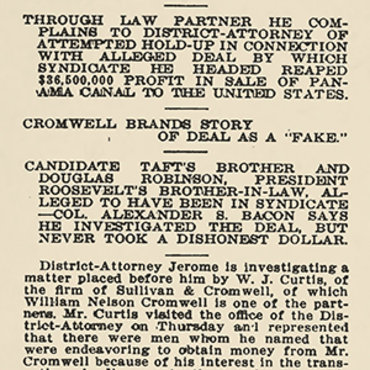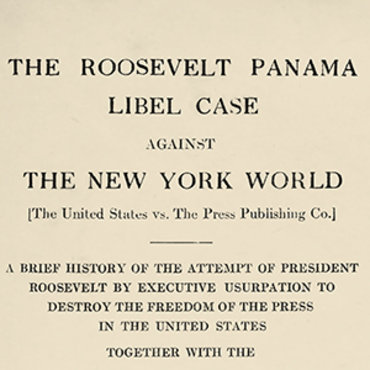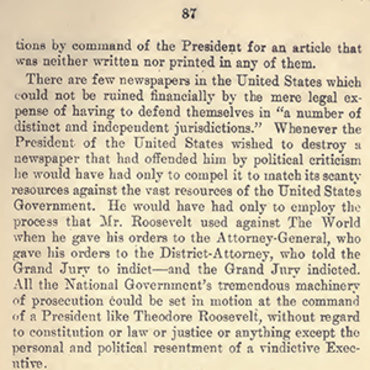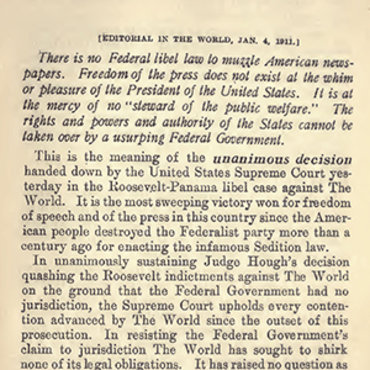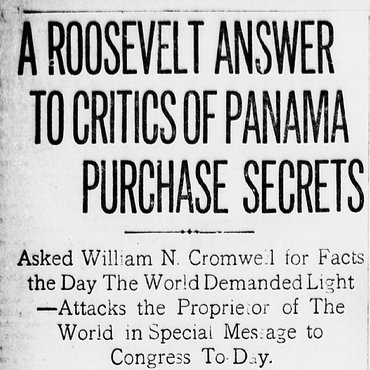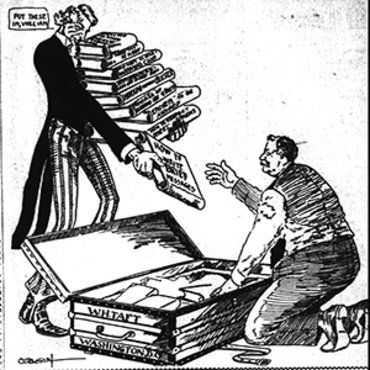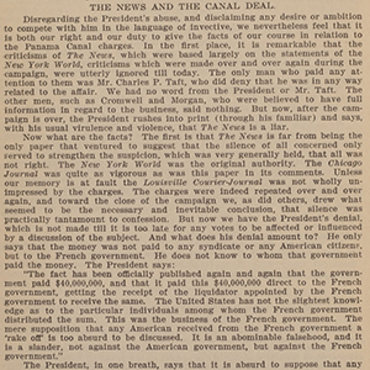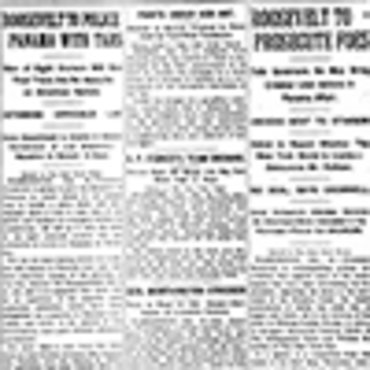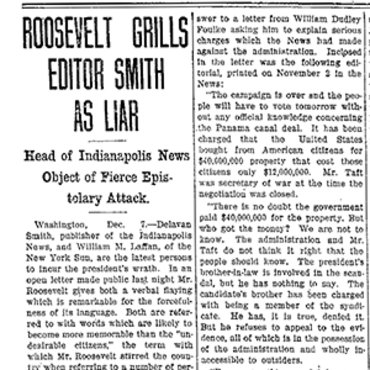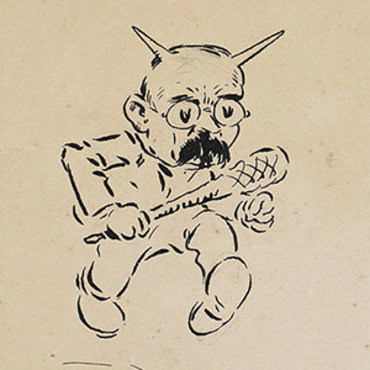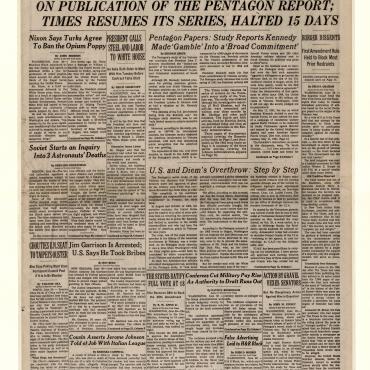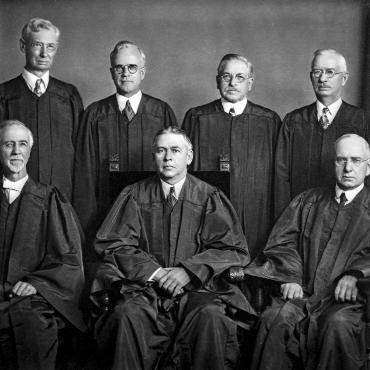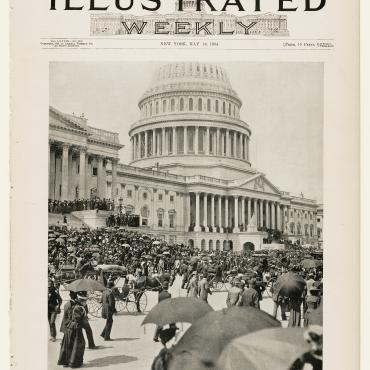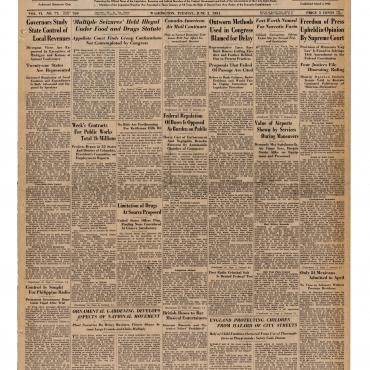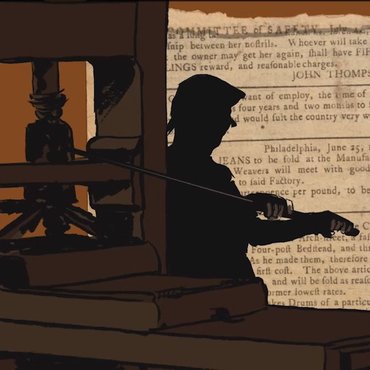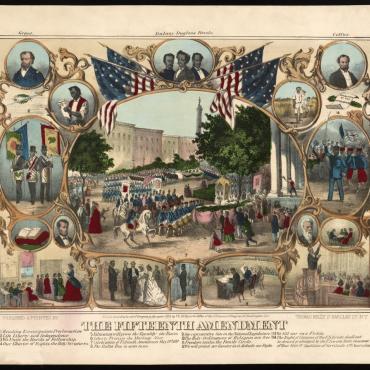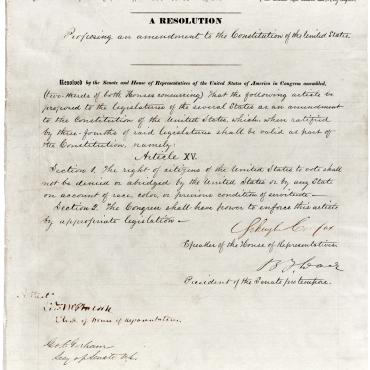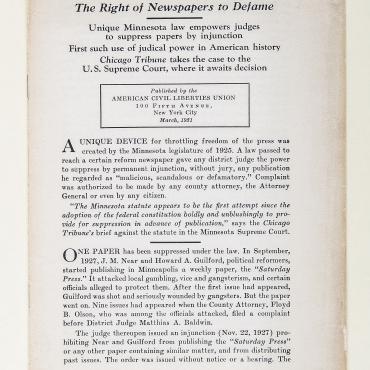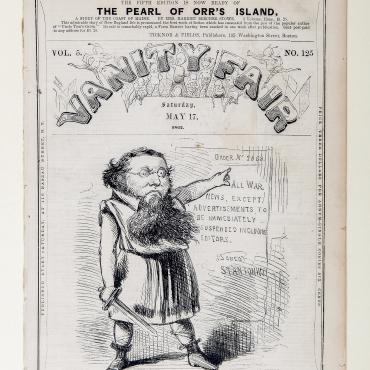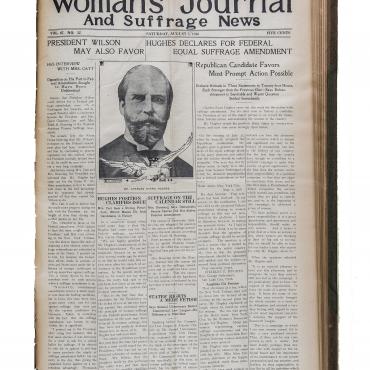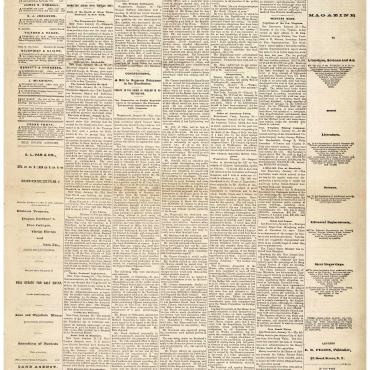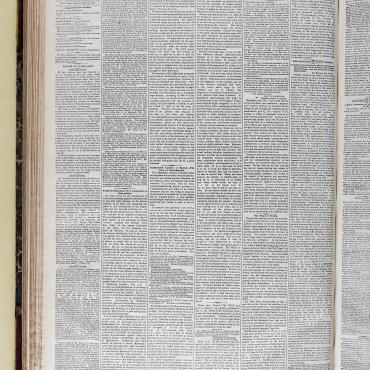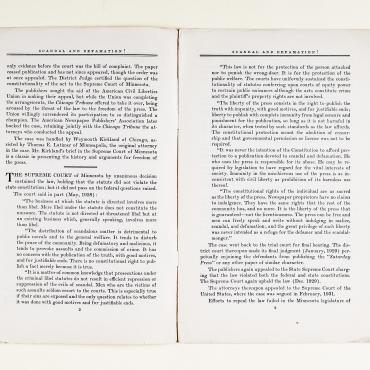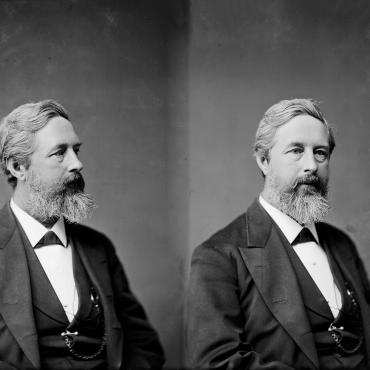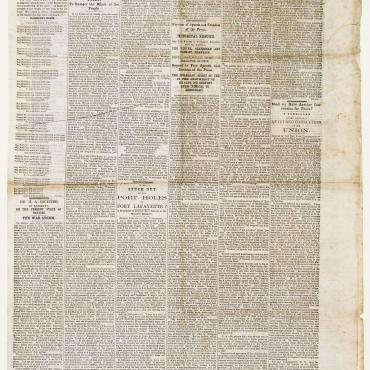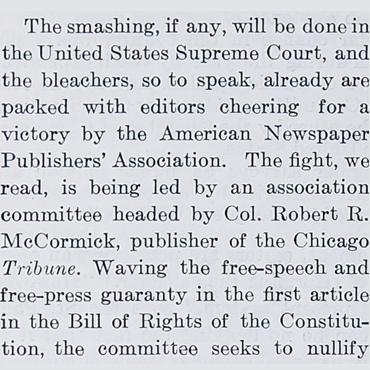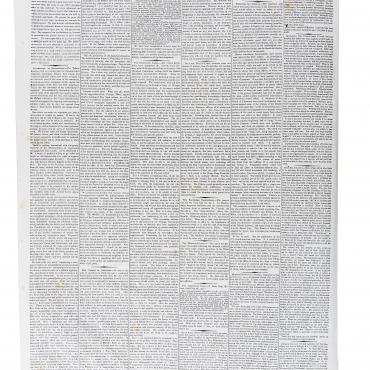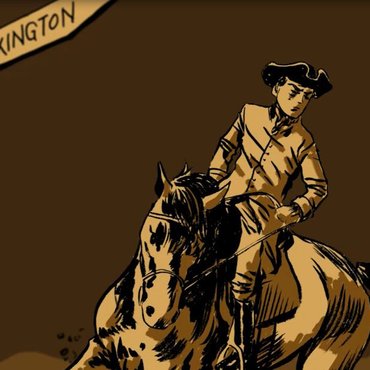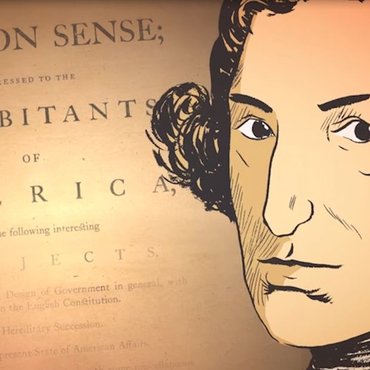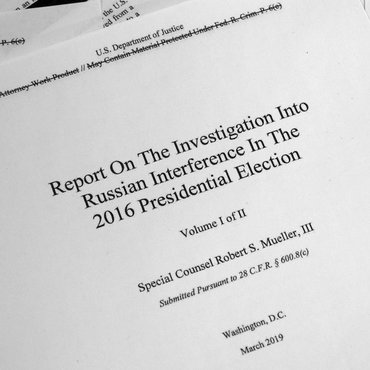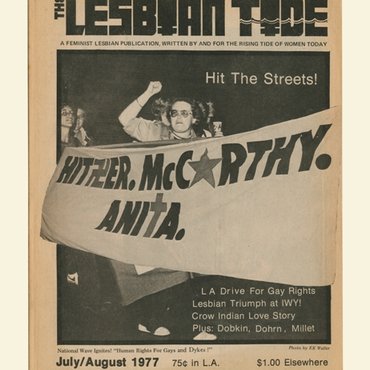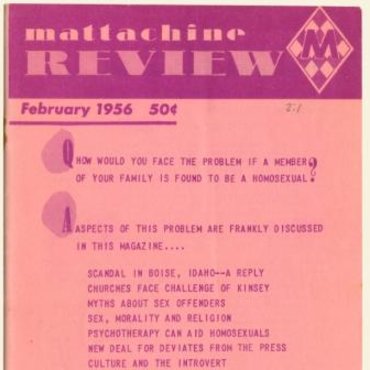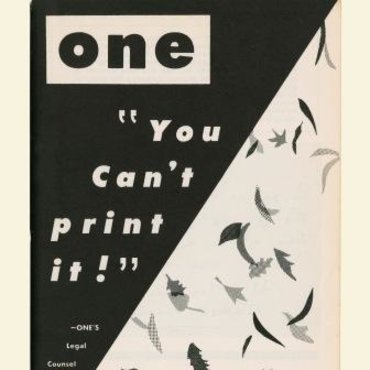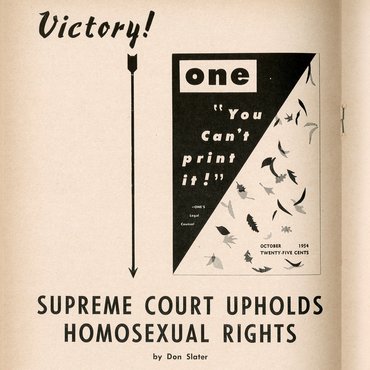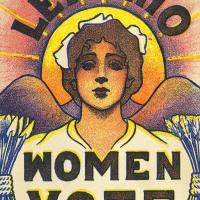
Weighing the Arguments
Students use historical artifacts from supporters and opponents of woman suffrage to determine how personal perspectives can affect the political landscape.
Get even more great free content!
This content contains copyrighted material that requires a free NewseumED account.
Registration is fast, easy, and comes with 100% free access to our vast collection of videos, artifacts, interactive content, and more.
NewseumED is provided as a free educational resource and contains copyrighted material. Registration is required for full access. Signing up is simple and free.
With a free NewseumED account, you can:
- Watch timely and informative videos
- Access expertly crafted lesson plans
- Download an array of classroom resources
- and much more!
- Constitution
- Journalism
- Politics
- Women's Rights
- 7-12
(Note: For more support, see expanded procedure in downloadable lesson plan.)
- In advance, review the example worksheet at the end of the lesson packet. You may wish to distribute it to your students, as well.
- Students take on the role of turn-of-the-century congressional representatives. They will use the woman suffrage media map to explore public opinion on woman suffrage, analyze the arguments and evidence, and take a position on the issue.
- Students form groups based on their positions and present their arguments and evidence to the rest of the class.
- Have students challenge each other to identify which of their artifacts are facts and which are opinions.
- Students make a final evaluation of the arguments and evidence and cast their votes for/against a women’s suffrage amendment.
- Women’s Suffrage WebQuest worksheet (download), one per student
- Internet access to woman suffrage media map (below)
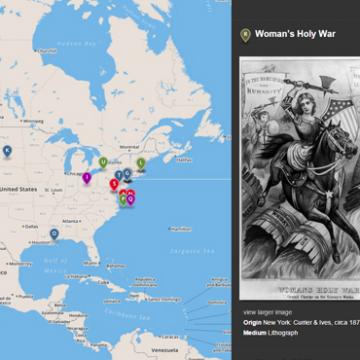
Women's Suffrage Movement Media Map
Women's Suffrage Movement Media Map
After the students vote on the amendment, ask:
- What factors played a role in their decision?
- Did anyone change his or her mind during the evaluation process? Why or why not?
- Do they still feel that the arguments and evidence support their position?
- How did perspective shape the artifacts they looked at as they formed their position?
- How does perspective influence public policy changes?
- How does perspective affect the way you interpret these artifacts as historians? (Consider both the perspective of the creators and your perspective today.)
- Discuss the role of the First Amendment in protecting the ability of people to express their opinions on issues such as woman suffrage.
Shaping Perspectives: Using the artifacts for guidance, brainstorm factors that may have led the creators of these objects and publications to be for or against woman suffrage. Answers may include: Personal experiences; family and friends; religion/belief systems; community values; historical and current events; geography; etc. Then, individually or in small teams, research one of the brainstormed factors to learn more about how it shaped the public’s attitude toward woman suffrage. Students can share their conclusions in a short paper or oral presentation.
-
Common Core State Standards: CCSS.ELA-LITERACY.CCRA.R.1
Read closely to determine what the text says explicitly and to make logical inferences from it; cite specific textual evidence when writing or speaking to support conclusions drawn from the text. -
Common Core State Standards: CCSS.ELA-LITERACY.CCRA.SL.1
Prepare for and participate effectively in a range of conversations and collaborations with diverse partners, building on others' ideas and expressing their own clearly and persuasively.
-
National Center for History in the Schools: NCHS.Historical Thinking.3
A. Compare and contrast differing sets of ideas. B. Consider multiple perspectives. C. Analyze cause-and-effect relationships and multiple causation, including the importance of the individual, the influence of ideas. D. Draw comparisons across eras and regions in order to define enduring issues. E. Distinguish between unsupported expressions of opinion and informed hypotheses grounded in historical evidence. F. Compare competing historical narratives. G. Challenge arguments of historical inevitability. H. Hold interpretations of history as tentative. I. Evaluate major debates among historians. J. Hypothesize the influence of the past. -
National Center for History in the Schools: NCHS.US History.Era 6
Standard 1: How the rise of corporations, heavy industry, and mechanized farming transformed the American people Standard 2: Massive immigration after 1870 and how new social patterns, conflicts, and ideas of national unity developed amid growing cultural diversity Standard 3: The rise of the American labor movement and how political issues reflected social and economic changes Standard 4: Federal Indian policy and United States foreign policy after the Civil War -
National Center for History in the Schools: NCHS.US History.Era 7
Standard 1: How Progressives and others addressed problems of industrial capitalism, urbanization, and political corruption Standard 2: The changing role of the United States in world affairs through World War I Standard 3: How the United States changed from the end of World War I to the eve of the Great Depression
-
National Council of Teachers of English: NCTE.6
Students apply knowledge of language structure, language conventions (e.g., spelling and punctuation), media techniques, figurative language, and genre to create, critique, and discuss print and non-print texts. -
National Council of Teachers of English: NCTE.12
Students use spoken, written, and visual language to accomplish their own purposes (e.g., for learning, enjoyment, persuasion, and the exchange of information).
-
NCSS Curriculum Standards: NCSS 1
Learners will understand how human beings create, learn, share and adapt to culture. -
NCSS Curriculum Standards: NCSS 2
Learners examine the institutions, values and beliefs of people in the past, acquire skills in historical inquiry and interpretation, and gain an understanding of how important historical events and developments have shaped the modern world. -
NCSS Curriculum Standards: NCSS 5
Students know how institutions are formed, maintained and changed, and understand how they influence individuals, groups and other institutions. -
NCSS Curriculum Standards: NCSS 6
Learners will develop an understanding of the principles, processes, structures and institutions of government, and examine how power and authority are or have been obtained in various systems of government. -
NCSS Curriculum Standards: NCSS 10
Learning how to apply civic ideals to inform civic action is essential to participation in a democracy and support for the common good.
